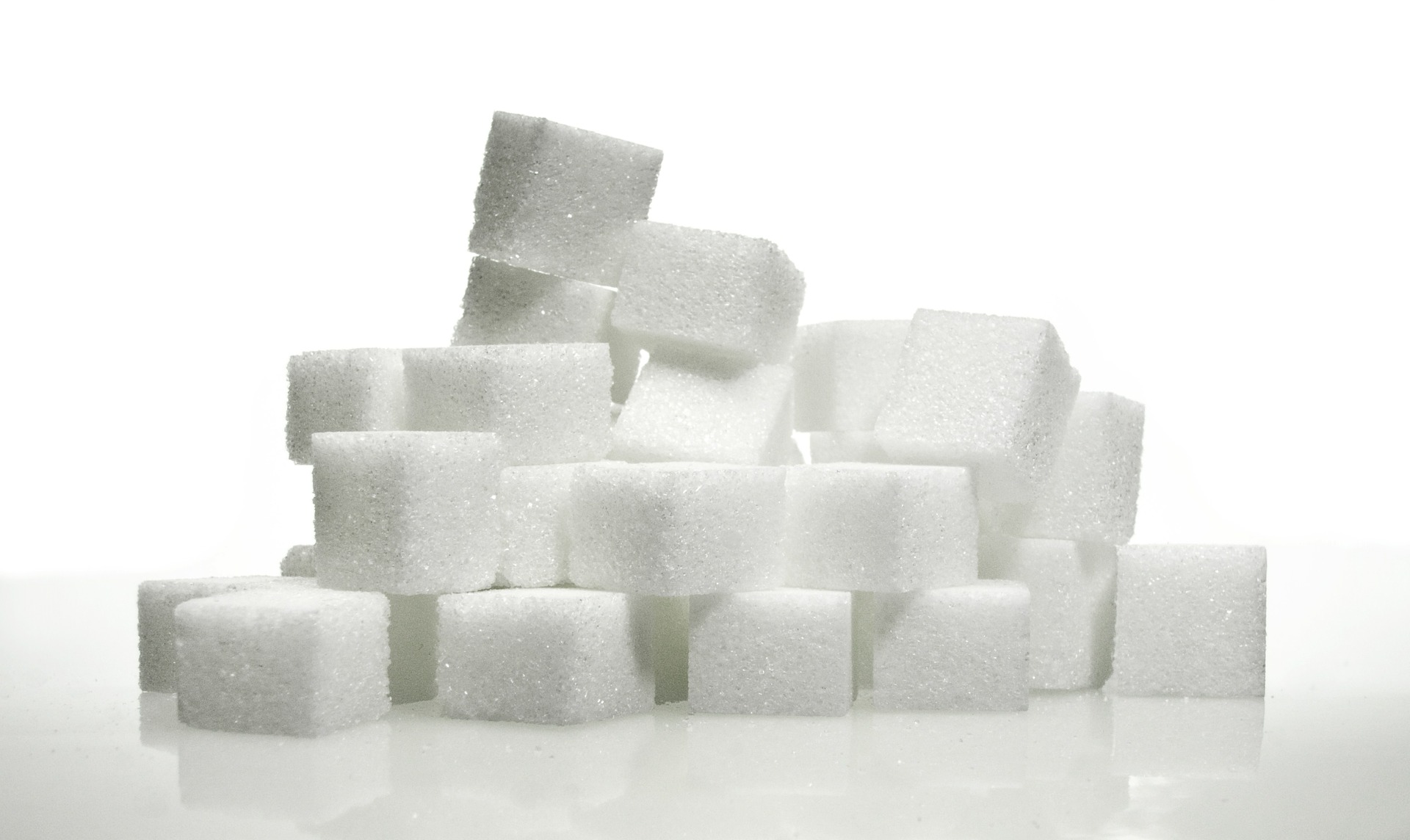The American Medical Association (AMA) and the US Food and Drug Administration (FDA) are working towards making the food industry’s offerings healthier by encouraging more transparency on labeled food items.
The AMA’s new policy has the goal of influencing food retailers and manufacturers to create more transparency in their labeling. They are hoping this will allow consumers to have a better understanding of which food products to choose in order to sustain a healthier lifestyle and diet.
In addition, the AMA is asking the FDA to implement “warning labels” on food items that contain added sugars that surpass consumers’ recommended daily intake, which can be identified in the 2015-2020 US Dietary Guidelines, as well as ingredients that contain common allergens that are outlined in the Food Allergen Labeling and Consumer Protection Act.
The AMA has expressed concern that some food product labels highlight a specific health benefit or nutritional component despite the fact that the product contains unhealthy added sugars. They are concerned this gives customers the idea that they are purchasing a healthy food product when the food item actually exceeds the recommended daily sugar consumption.
“The AMA believes that food packaging should include more transparent information about the contents within our food so the healthy choice can be the easy choice for consumers,” said Dr. Albert J. Osbahr III, a member of the AMA Board of Trustees. “When consumers have access to the amount of sugar they are consuming they may choose foods with less sugar—which can help prevent debilitating chronic medical conditions, such as type 2 diabetes and heart disease which affect millions of Americans.”
Furthermore, the FDA is undergoing a new strategy to encourage food manufacturers to replace ingredients high in saturated fats with oils rich in oleic acid, which could decrease an individual’s risk of developing coronary heart disease.
FDA Commissioner Scott Gottlieb is determined to do this by using food labeling as a way to give the public better insight on what they are buying, with the hopes of steering consumers in the direction of a healthier product.
“One tool the FDA has to help bring us closer to this important goal is the use of ‘health claims’ on food package labels,” said Gottlieb. “These claims serve as efficient signals that consumers can look for on a product’s packaging to determine what benefits a food or beverage might have. By allowing such claims on food product labels, we at the FDA also hope to encourage the food industry to reformulate products.”
The FDA will be using “authorized health claims” as well as “qualified health claims” to inform consumers of what they are buying through the product’s food label.
Authorized health claims are supported by scientific evidence that is available to the public, while qualified health claims are based on studies of food/disease connections with results which may be more limited.
In the case of edible oils, the FDA will now allow manufacturers to make a qualified health claim on the labels of oils containing a minimum of 70 percent oleic acid. The decision was based on the results from seven clinical studies that found edible oils with a high percentage of oleic acid promote cardiovascular health when used in substitution for other ingredients containing saturated fats.
However, the FDA is not about to let oil manufacturers come up with their own wording when making a health claim on their product labeling. Their approved wording for this health claim reads: “Supportive but not conclusive scientific evidence suggests that daily consumption of 1 ½ tablespoon of oils containing high levels of oleic acids, may reduce the risk of coronary heart disease.” Manufacturers must also stipulate that the oil “should replace fats and oils higher in saturated fat and not increase the total number of calories you eat in a day” on their product label.
“Consumers should have access to clear, transparent food labels that enable them to make smart choices that benefit themselves and their families,” said Gottlieb. “Our Nutrition Innovation Strategy employs a broad approach to support industry initiatives to introduce products that meet consumer demands for healthier foods.”
According to Label Insight, 75 percent of consumers report that they are more inclined to gravitate towards a food product with more informative labeling. The pressure for more transparency in the food industry is growing, with the AMA and FDA making that a key part of their agenda in the hope that food companies will re-evaluate their ingredients.












Join or login to leave a comment
JOIN LOGIN